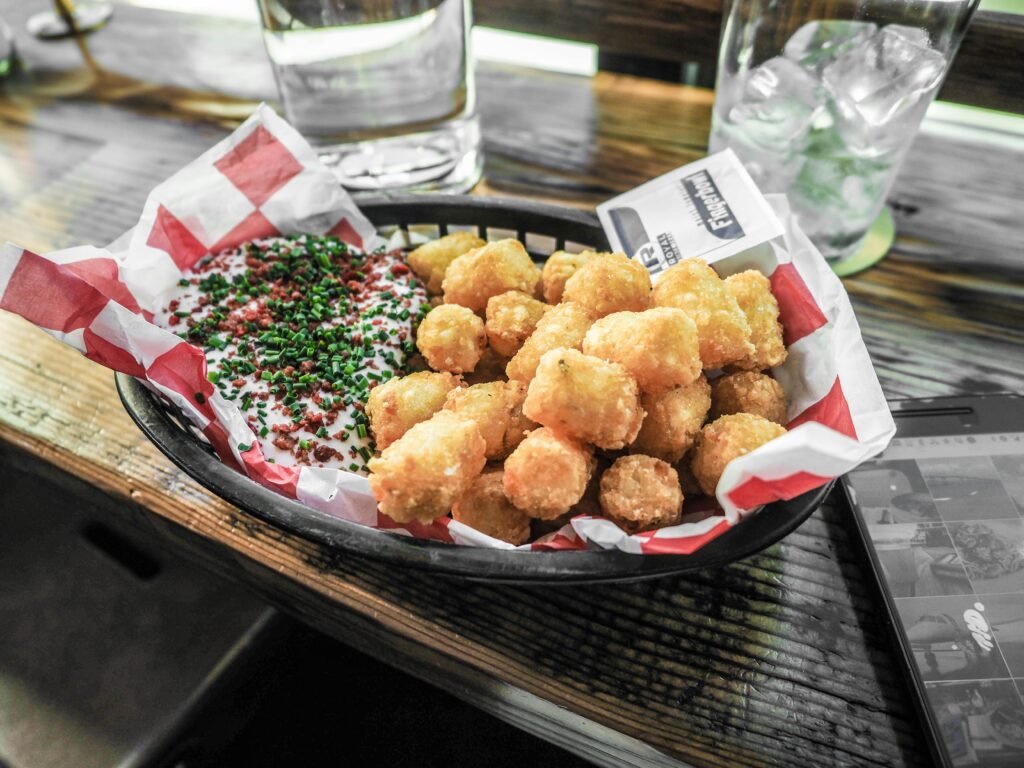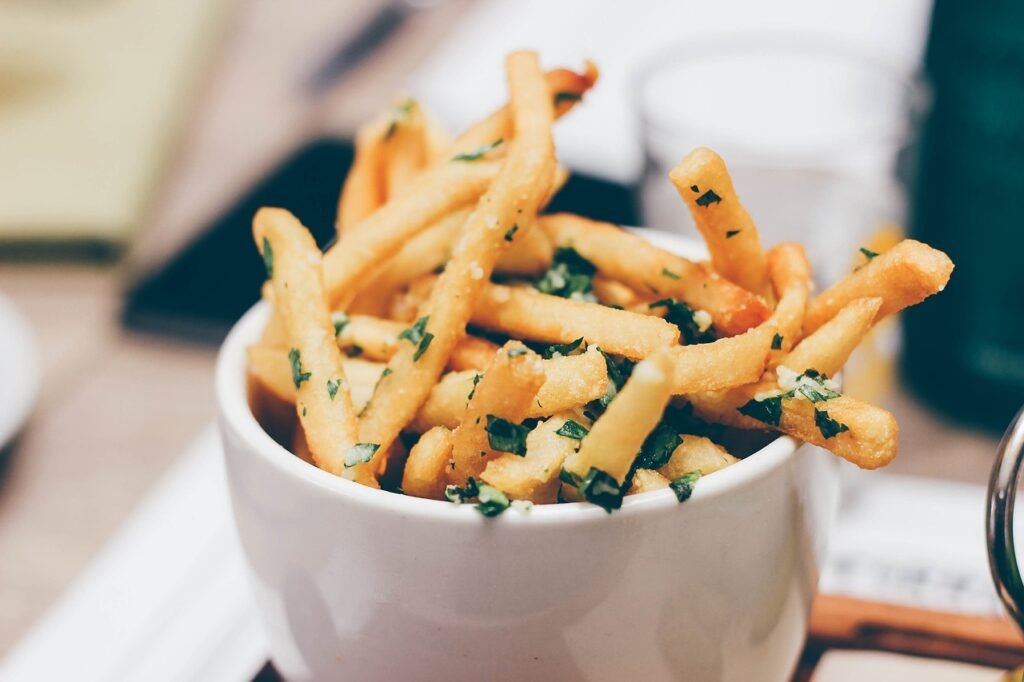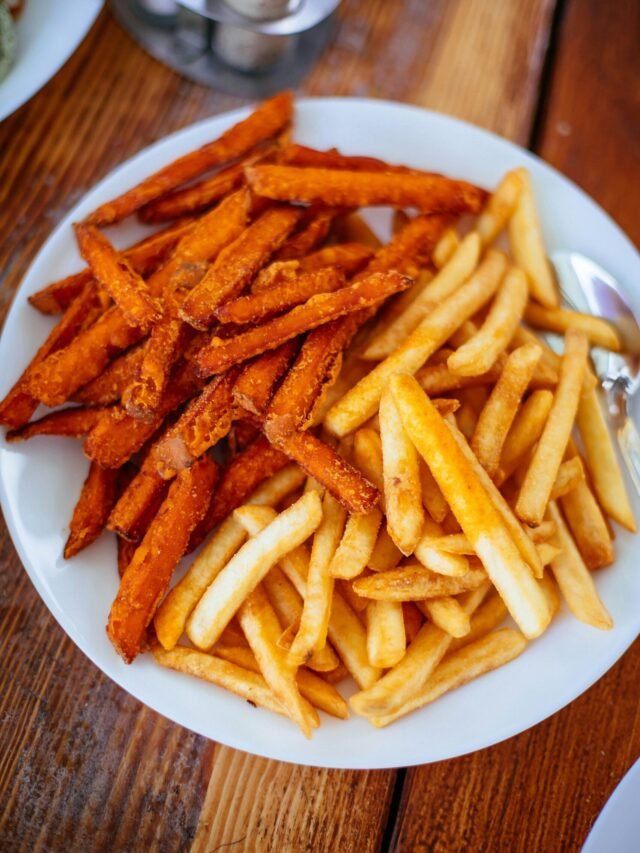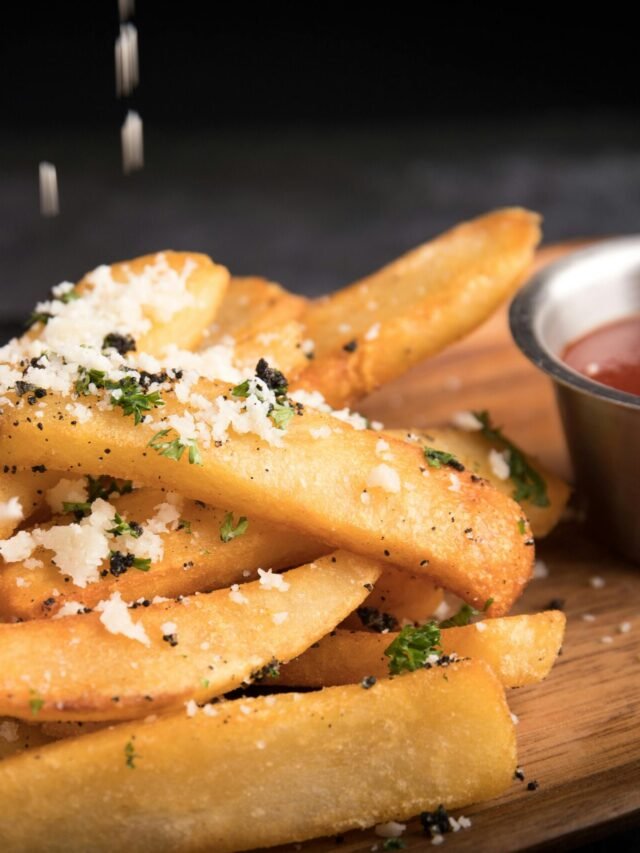
When it comes to comfort food, few dishes can compete with the irresistible combination of creamy mashed potatoes and perfectly crispy crust. Fried mashed potatoes take this classic side dish to a whole new level, combining a soft, melt-in-your-mouth interior with a golden, crunchy exterior that’s hard to resist. Whether you’re working with leftover mashed potatoes or just whipping up a fresh batch for this dish, fried mashed potatoes are a versatile treat that can be enjoyed as a snack, side dish or appetizer.
Ingredients for the Perfect Fried Mashed Potatoes
Adding optional ingredients like cheese, herbs, garlic, or spices can enhance your fries by adding flavor and texture.
Cheese: Adding shredded cheese, such as cheddar, mozzarella, or parmesan, melts into the mashed potatoes and creates a flavorful center. The cheese also adds richness and a savory note, especially when it gets a little crispy during frying.
Herbs (Chives or Parsley): Fresh herbs bring a bright and fresh flavor to stir-fries. Chives add a mild onion-like flavor, while parsley provides a hint of earthiness. These herbs also add a pop of color, making the dish more appetizing.
Garlic: Minced or roasted garlic can be added for a subtle yet aromatic flavor. It adds depth and savory flavor, which complements the creamy potato and crispy coating.
Preparing the Mashed Potatoes
For the best fried mashed potatoes, it’s important to get the right consistency in your mashed potato base.
Thick and firm consistency: Mashed potatoes for frying should be thick and hold their shape. This helps them stay together during frying, which prevents them from bursting in the oil. Mashed potatoes do not form firm patties or balls if they are too soft or runny, making them difficult to evenly coat and fry. To thicken them, you can add a little butter, cream or even a little flour to the mixture.
Free of large lumps: Smooth mashed potatoes roast more evenly and create a consistent texture. Large lumps can lead to uneven cooking, with some parts becoming crispy while others remain soft. For lump-free mashed potatoes, mash the potatoes well before adding the other ingredients, and use a potato masher, ricer or hand mixer.
Shaping Techniques
Even cooking: The uniform size allows each piece to cook at the same rate, ensuring they all reach a crispy exterior and creamy center at the same time. If some are large and some are small, the smaller ones may overcook or burn before the larger ones.
Consistent Texture: Uniform size helps maintain a balanced texture—crisp on the outside and creamy on the inside—in every slice. This ensures that every bite has the perfect combination of crunch and softness.
Better Presentation: Regular sizes look more appealing, especially if serving to guests. They look neat on a plate, making the dish feel more professional and inviting.
Choosing the Right Coating
Choosing the right coating for your fried mashed potatoes can make all the difference in achieving that perfect crispy exterior.
Flour: A light dusting of flour is an easy option that provides a thin, crispy coating when fried. It creates a delicate crunch and allows the creamy mashed potatoes to shine without adding extra bulk. Flour is ideal if you prefer a thin coating that doesn’t overwhelm the texture and flavor of the potatoes.
Breadcrumbs: Regular breadcrumbs give a slightly thicker, more textured crust than flour. They develop a more significant crunch and a satisfying golden brown color. The bread crumbs can also be seasoned with spices or herbs, adding more flavor to the coating. This option works well for those who want a hearty crust that complements the creaminess of the inside.
Panko: Panko breadcrumbs, a Japanese-style breadcrumb, are larger and lighter than traditional breadcrumbs. They create a super crispy, airy coating that’s perfect for a satisfying crunch. Panko doesn’t absorb as much oil, so it gives a lighter texture. This is a great choice if you are looking for an extra crunchy and less oily coating.
Frying Techniques for the Best Results
Both pan-frying and deep-frying are effective ways to cook fried potatoes, but each has unique advantages.
Pan-Frying
Method: In pan-frying, a small amount of oil (just enough to coat the bottom of the pan) is heated, and the mashed potato patties or balls are deep-fried.
Texture: Pan-frying creates a crispy exterior while keeping the inside soft and creamy, and generally results in a lighter, less oily texture.
Best for: Pan-frying is ideal if you want more control over browning and don’t need a perfectly even, all-around crust. It’s also great for those who want to use less oil or cook small batches.
Deep-Frying
Method: In deep frying, potato pieces are completely immersed in hot oil and cooked simultaneously from all sides.
Texture: Deep frying creates an extra crispy, evenly golden brown crust that covers the entire surface. The center remains creamy, while the exterior is consistently crunchy.
Best for: This method is best if you’re aiming for a thick, all-around crispy coating, especially if you’re using panko or coarse breadcrumbs for added texture.

Conclusion
Mastering the art of fried mashed potatoes is all about balancing a creamy interior with a perfectly crisp, golden exterior. By choosing the right ingredients, carefully shaping and coating your potatoes, and choosing the best frying method, you can turn simple mashed potatoes into a standout dish that’s as versatile as it is delicious. . Whether you’re pan-frying for a light crust or deep-frying for maximum crunch, every bite offers an irresistible contrast of creamy and crispy.


